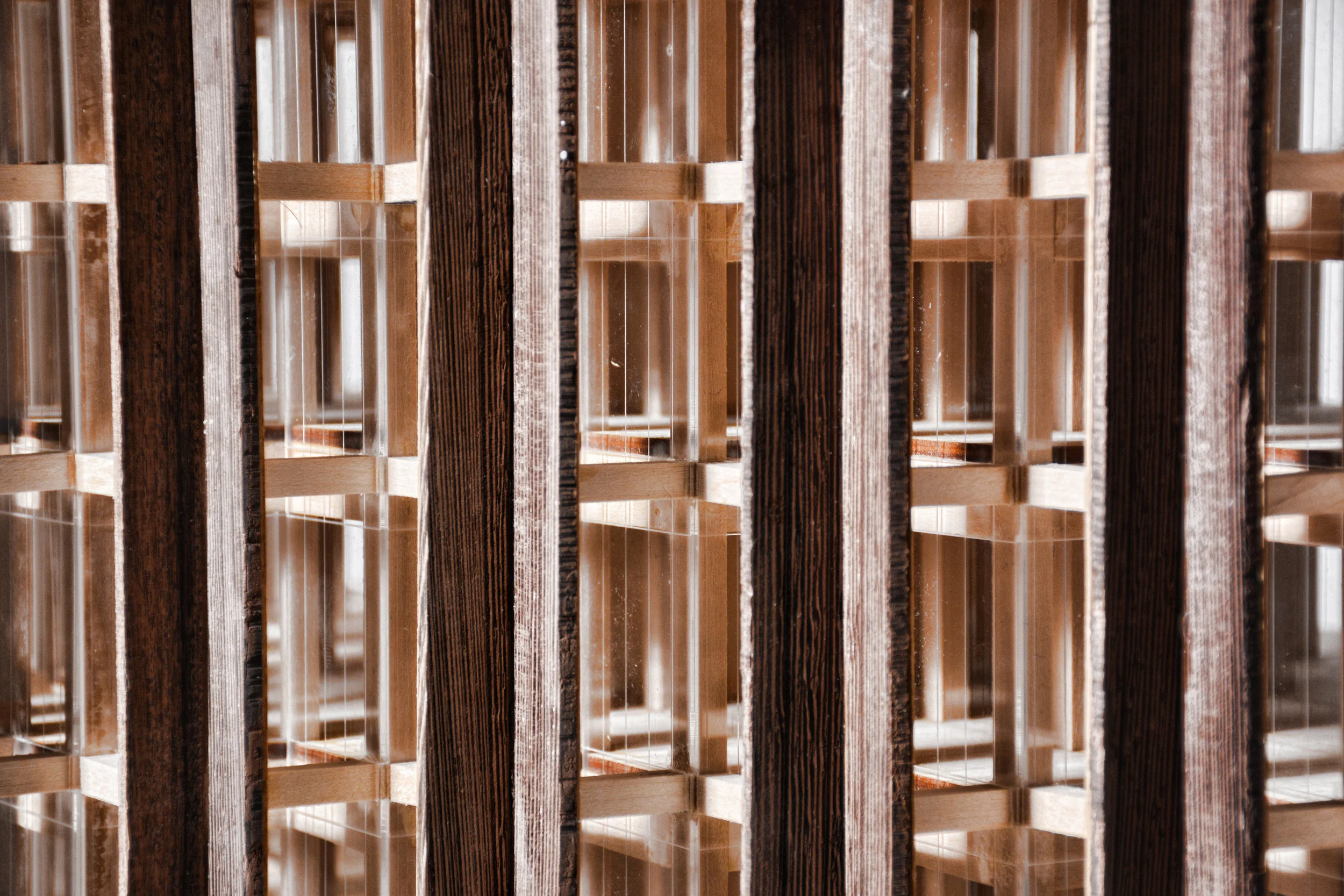DTLA MTN: Collective Housing in Downtown LA, with Glen Marquardt, Harvard Graduate School of Design, Spring 2018 Adviser Jeannette Kuo
“To know LA is to understand the importance of the car on the built environment.”
Since the early 1900s open park space has always yielded to the industrial agenda, and more specifically, the concretization of the built environment. This has culminated in the second largest city in the United States being wholly without open park space for a vast majority of its populace.
The catalyst for this disruption happened in the late 1930s when the city opted to segregate the LA river from its context by draping it in a concrete blanket, instead of instilling a vision of the landscape firm of Olmsted and Bartholemew that foresaw a city stitched together through its beaches and public parks as a vast emerald necklace. "Politics, bureaucracy and greed" won out solidifying LA’s destiny.
In searching for a solution we look to the tower of Babel. Its mountainous form can serve as a mediating device between the problem of affordable housing and community interconnectedness in a city of sprawl. Henri Savauge's futurist housing schemes, as well as his housing scheme on Admiral St, show us a model that injects unique, compatible programs into co-living situations with a porousness reminiscent of a naturalized environment.
“Skid row, specifically, is serviced by a displaced and underprivileged group that the city turned its back on.”
In truth the built environment reflects a topography of shifting terrains across disparate and unconnected communities. In Skid Row, affordable housing, public park open space, and basic amenities are lacking more so than in any other neighborhood in the city, especially contrasted against its thriving neighbors to the East in the Arts District, and West in the Financial District. The Skid Row Housing Trust and decades of Police push-back illustrate competing ideologies within the city and how truly conflicted they are about what to do with Skid Row, or how untenable solutions have been up to the present.
We feel that an opportunity exists to RECLAIM this lost vision and set a precedent challenging regional-specific shackles, that will serve to elevate the living conditions for its residents, neighbors, improve the local economy and push against gentrification while embracing densification. Through incorporating a reclaimed naturalized form with programs that fuel an economic prosperity within the neighborhood, and adopting a co-living affordable housing scheme as a means of economy and civility, we believe our scheme proposes an alternative approach with potential for transforming a community









































